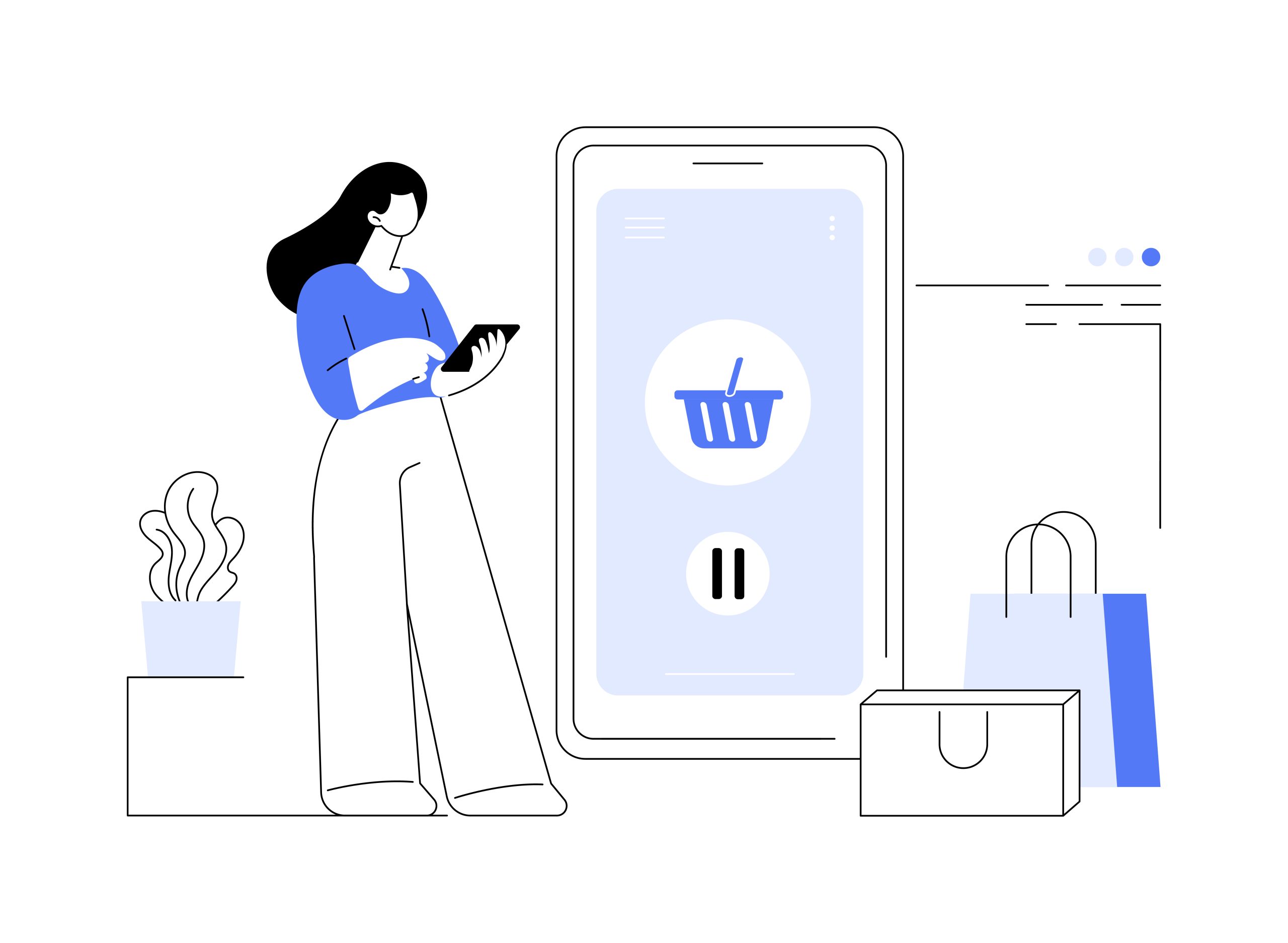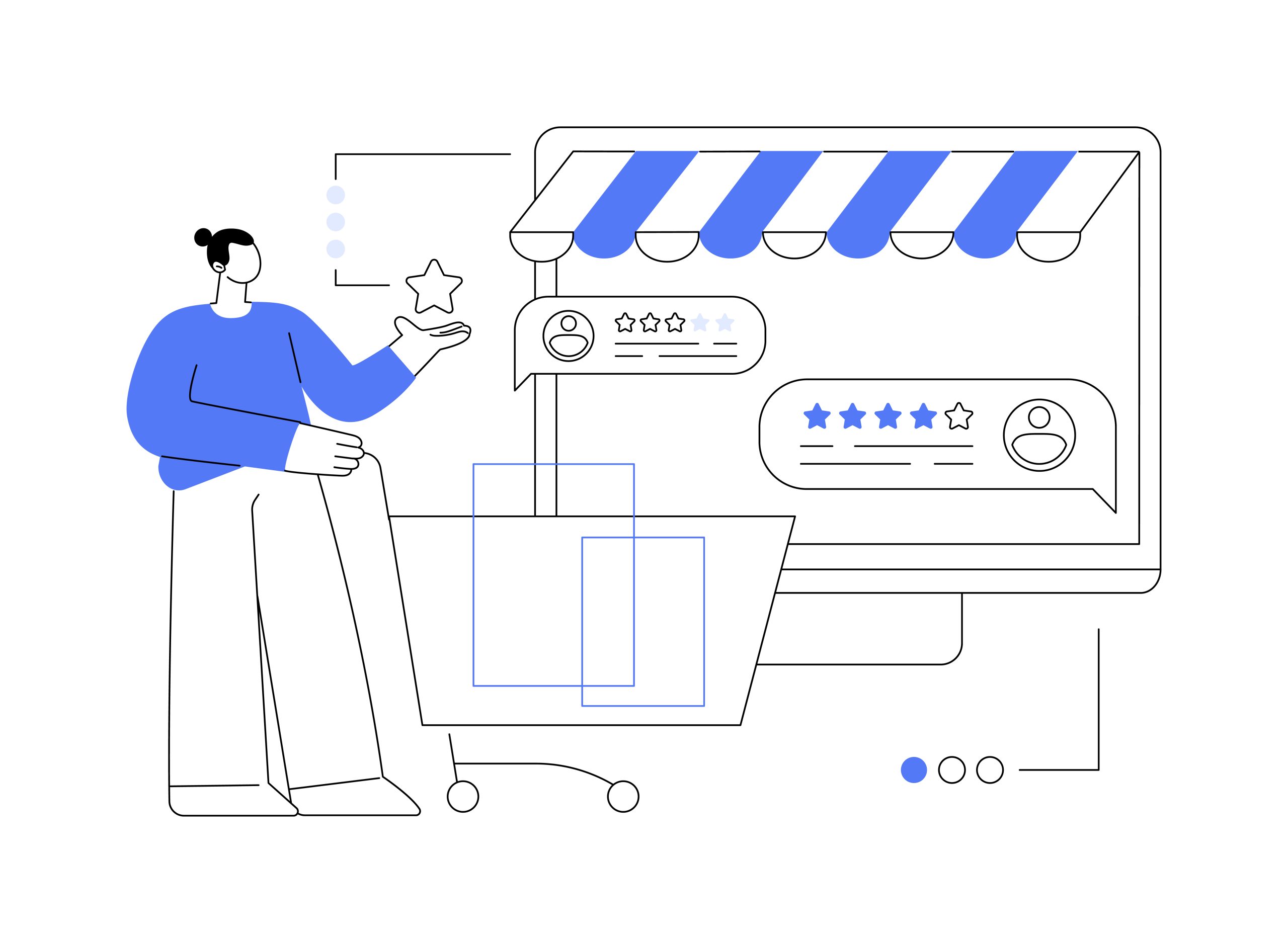
The Ultimate Guide to Building a Profitable eShop
Welcome to the ultimate guide provided by the Design Agency to building a profitable eShop, where we will unlock the secrets to online retail success. In today’s digital age, establishing a successful online store requires a combination of strategic planning, innovative tactics, and a customer-centric approach. Whether you’re just starting out or looking to scale your existing eShop, this comprehensive guide will provide you with the insights and tools you need to thrive in the competitive world of e-commerce.
With the rapid growth of online shopping, it’s essential to understand the key elements that contribute to a profitable eShop. From creating a user-friendly website to optimizing product listings for search engines, we’ll cover all aspects of building and managing a successful online store.
Throughout this guide, we’ll delve into various topics, including effective marketing strategies, conversion rate optimization, customer retention techniques, and much more. Our aim is not just to help you generate sales, but also to create a memorable and enjoyable shopping experience for your customers.
So, whether you’re an aspiring e-commerce entrepreneur or a seasoned online retailer, get ready to unlock the secrets to building a profitable eShop and take your online business to new heights.
Benefits of building an eShop
The first step in building a profitable eShop is understanding the numerous benefits it can offer. One of the primary advantages of an online store is the ability to reach a global audience. Unlike a brick-and-mortar shop, an eShop allows you to sell your products to customers around the world, breaking down geographical barriers and significantly expanding your potential customer base.
Furthermore, building an eShop gives you the flexibility to operate your business 24/7. Unlike traditional stores with fixed opening hours, an online store allows customers to browse and make purchases at any time that suits them. This accessibility can lead to increased sales and revenue, as customers can shop whenever they want, even outside regular business hours.
Additionally, an eShop can be more cost-effective than a physical store. With an online store, you don’t have to worry about paying rent for a commercial space, hiring as many staff members, or maintaining a large inventory. These cost savings can be reinvested into various aspects of your business, such as marketing, product development, or improving the overall customer experience.
Building an eShop also provides you with valuable data and insights. Through analytics tools and customer tracking, you can gain a deeper understanding of your customers’ preferences, buying habits, and demographics. This data can be used to refine your marketing strategies, tailor your product offerings, and enhance the overall shopping experience for your customers.
In summary, building an eShop offers a range of benefits, including global reach, 24/7 accessibility, cost savings, and valuable data insights. By harnessing these advantages, you can position your online store for long-term profitability and success.
Understanding your target audience and niche market
To build a profitable eShop, it’s crucial to have a deep understanding of your target audience and niche market. Identifying your ideal customers and their specific needs will help you tailor your products, marketing messages, and overall shopping experience to meet their expectations.
Start by conducting thorough market research to identify your target audience’s demographics, interests, and preferences. This can be done through surveys, interviews, or analyzing data from existing customers. By gathering this information, you can create detailed buyer personas that represent your ideal customers. These personas will serve as a guide throughout your eShop development and marketing efforts.
Next, analyze your niche market to identify any gaps or opportunities. Look for areas where competition is low or where you can offer a unique value proposition. This could involve specializing in a specific product category, targeting a specific geographic region, or catering to a particular customer segment. By carving out a niche for your eShop, you can differentiate yourself from competitors and attract a more targeted customer base.
Once you have a clear understanding of your target audience and niche market, you can tailor your product offerings, marketing messages, and overall eShop experience to meet their needs. This customer-centric approach will help you build stronger relationships with your customers, increase customer loyalty, and ultimately drive more sales.
Choosing the right e-commerce platform
Selecting the right e-commerce platform is a critical decision in building a profitable eShop. The platform you choose will determine the functionality, scalability, and overall user experience of your online store. When evaluating different e-commerce platforms, consider the following factors:
- Ease of use: Look for a platform that is intuitive and user-friendly, both for you as the store owner and for your customers. A platform with a user-friendly interface and customizable templates will make it easier for you to design and manage your eShop without the need for extensive technical knowledge.
- Scalability: Consider the potential growth of your eShop and choose a platform that can accommodate your future needs. Ensure that the platform allows for easy integration of additional features, such as inventory management systems, marketing tools, or customer relationship management software.
- Payment and shipping options: Check if the platform supports a wide range of payment gateways and shipping carriers. Offering multiple payment options and flexible shipping methods will enhance the shopping experience for your customers, leading to higher conversion rates and customer satisfaction.
- Security and data protection: Ensure that the platform you choose provides robust security measures to protect your customers’ data and transactions. Look for features such as SSL encryption, secure payment processing, and compliance with industry standards.
- SEO capabilities: Consider the platform’s built-in SEO features and its ability to optimize your eShop for search engines. A platform that allows you to easily customize meta tags, URLs, and product descriptions will help improve your eShop’s visibility and organic search rankings.
By carefully evaluating these factors and choosing the right e-commerce platform, you can set a solid foundation for your eShop’s success.
Designing a user-friendly and visually appealing eShop
The design of your eShop plays a crucial role in attracting and retaining customers. A user-friendly and visually appealing website will not only enhance the overall shopping experience but also build trust and credibility with your target audience. Here are some key considerations when designing your eShop:
- Intuitive navigation: Ensure that your eShop has a clear and logical navigation structure. Customers should be able to find products, browse categories, and access important information easily. Use a hierarchical menu structure and include a search bar to facilitate navigation.
- Mobile responsiveness: With the increasing use of smartphones and tablets for online shopping, it’s essential to design your eShop to be mobile-responsive. This means that your website should automatically adapt to different screen sizes and provide a seamless user experience across devices.
- Visually appealing layout: Use high-quality product images, attractive graphics, and a consistent color scheme to create a visually appealing eShop. A clean and uncluttered layout will make it easier for customers to focus on your products and make purchasing decisions.
- Clear product information: Provide detailed and accurate product descriptions, including key features, specifications, and dimensions. Use bullet points and headings to make information easily scannable. Include customer reviews and ratings to build trust and credibility.
- Streamlined checkout process: Optimize your checkout process to minimize friction and increase conversion rates. Offer guest checkout options, provide multiple payment methods, and ensure that the checkout form is simple and easy to complete. Display trust symbols and security badges to reassure customers about the safety of their personal information.
By focusing on these design elements, you can create a user-friendly and visually appealing eShop that will engage your customers and encourage them to make purchases.
Building a product catalog and inventory management
A well-organized and comprehensive product catalog is essential for a profitable eShop. Your product catalog should provide detailed information about each product, making it easy for customers to find what they’re looking for. Here are some tips for building an effective product catalog:
- Categorize and organize: Divide your products into logical categories and subcategories. This will make it easier for customers to navigate your eShop and find the products they need. Use descriptive category names and consider implementing filters to further refine search results.
- High-quality product images: Invest in professional product photography to showcase your products in the best possible light. Use high-resolution images that clearly represent the product’s features and appearance. Allow customers to zoom in on the images for a closer look.
- Detailed product descriptions: Write compelling and informative product descriptions that highlight the key features, benefits, and unique selling points of each product. Use persuasive language and focus on how the product can solve your customers’ problems or fulfill their needs.
- Pricing and stock availability: Clearly display the price of each product and indicate whether it’s in stock or out of stock. If certain products are on sale or have special offers, highlight these promotions to attract attention and encourage purchases.
- User-generated content: Encourage customers to leave reviews and ratings for the products they’ve purchased. User-generated content adds credibility to your eShop and helps potential customers make informed buying decisions. Consider showcasing top-rated products or featuring customer testimonials.
In addition to building a product catalog, effective inventory management is crucial for a successful eShop. Implement systems or software that allow you to track stock levels, manage product variants (such as size or color options), and automatically update inventory when a purchase is made. This will help prevent overselling, minimize backorders, and ensure a smooth customer experience.
Optimizing your eShop for search engines
To drive organic traffic and improve your eShop’s visibility, it’s essential to optimize your website for search engines. Search engine optimization (SEO) involves various techniques and strategies to improve your website’s ranking in search engine results pages. Here are some key SEO considerations for your eShop:
- Keyword research: Identify relevant keywords and phrases that your target audience is likely to use when searching for products similar to yours. Use keyword research tools to find popular and low-competition keywords that you can incorporate into your website’s content.
- On-page optimization: Optimize your eShop’s content to make it more search engine-friendly. This includes optimizing meta tags (title tags and meta descriptions), URLs, and header tags. Incorporate relevant keywords naturally into your product descriptions and other website content.
- Quality content creation: Create informative and engaging content that provides value to your customers. This could include product guides, tutorials, blog articles, or customer testimonials. High-quality content not only attracts organic traffic but also encourages visitors to stay on your website longer, increasing the likelihood of conversions.
- Link building: Build high-quality backlinks to your eShop from reputable and relevant websites. This can be done through guest blogging, influencer collaborations, or partnerships with complementary businesses. Backlinks signal to search engines that your website is trustworthy and authoritative.
- Mobile optimization: As mentioned earlier, ensure that your eShop is mobile-responsive. Search engines prioritize mobile-friendly websites in their rankings, so optimizing for mobile devices is crucial for SEO success.
Remember that SEO is an ongoing process, and it may take time to see significant improvements in your eShop’s organic rankings. Stay up-to-date with the latest SEO trends and algorithms, and regularly analyze your website’s performance to identify areas for improvement.
Implementing effective marketing strategies for online retail success
Marketing plays a vital role in driving traffic, generating sales, and building brand awareness for your eShop. Implementing effective marketing strategies will help you stand out from the competition and reach your target audience. Here are some key marketing tactics to consider:
- Social media marketing: Leverage the power of social media platforms to engage with your target audience and promote your eShop. Identify the platforms where your target audience is most active and create compelling content that encourages sharing and interaction. Use social media advertising to reach a wider audience and drive traffic to your eShop.
- Email marketing: Build an email list of interested customers and use email marketing campaigns to nurture relationships and drive repeat purchases. Send personalized product recommendations, exclusive discounts, or informative newsletters to keep your audience engaged and encourage them to visit your eShop.
- Content marketing: Create valuable and informative content related to your products or niche. This could include blog articles, videos, infographics, or tutorials. By providing helpful content, you can establish yourself as an expert in your industry and attract organic traffic to your eShop.
- Influencer partnerships: Collaborate with influencers or bloggers in your niche to promote your eShop. Influencers have established audiences who trust their recommendations, making them valuable allies in reaching your target audience. Offer them free products or commission-based partnerships to promote your products to their followers.
- Paid advertising: Consider investing in pay-per-click (PPC) advertising campaigns to increase your eShop’s visibility and drive targeted traffic. Platforms like Google Ads and social media advertising allow you to target specific demographics, locations, and interests. Monitor the performance of your ads and optimize them based on conversion rates and return on ad spend (ROAS).
Remember to track and analyze the performance of your marketing campaigns to identify what works best for your eShop. Refine your strategies based on data and customer feedback to continually improve your marketing efforts.
Managing customer relationships and providing excellent customer service
Building strong relationships with your customers is essential for long-term success in e-commerce. Providing excellent customer service and cultivating a positive brand image will encourage customer loyalty, repeat purchases, and positive word-of-mouth referrals. Here are some key considerations for managing customer relationships:
- Prompt and personalized communication: Respond to customer inquiries, messages, and feedback in a timely and personalized manner. Use automation tools or customer relationship management (CRM) software to streamline communication and provide consistent support across various channels.
- Order fulfillment and shipping: Ensure that orders are processed promptly and accurately. Provide tracking information and regular updates to customers regarding the status of their shipments. Address any issues or delays proactively and offer solutions or compensation when necessary.
- Easy returns and exchanges: Implement a hassle-free returns and exchanges policy to instill confidence in your customers. Make the process as simple and transparent as possible, clearly stating the conditions and timeframe for returns. Promptly process refunds or replacements to maintain customer satisfaction.
- Customer feedback and reviews: Encourage customers to leave feedback and reviews on your eShop or third-party review platforms. Monitor and respond to reviews, both positive and negative, to show that you value customer opinions and are committed to continuous improvement.
- Loyalty programs and incentives: Implement loyalty programs or incentives to reward and retain loyal customers. Offer exclusive discounts, early access to new products, or a points-based system that allows customers to earn rewards. These initiatives will encourage repeat purchases and strengthen customer relationships.
By prioritizing customer service and focusing on building long-term relationships, you can create a positive brand image and differentiate yourself from competitors.
Do you have a new project or need our services? Feel free to send us information here or call us at 2130414635. We’d be happy to assist you!



















